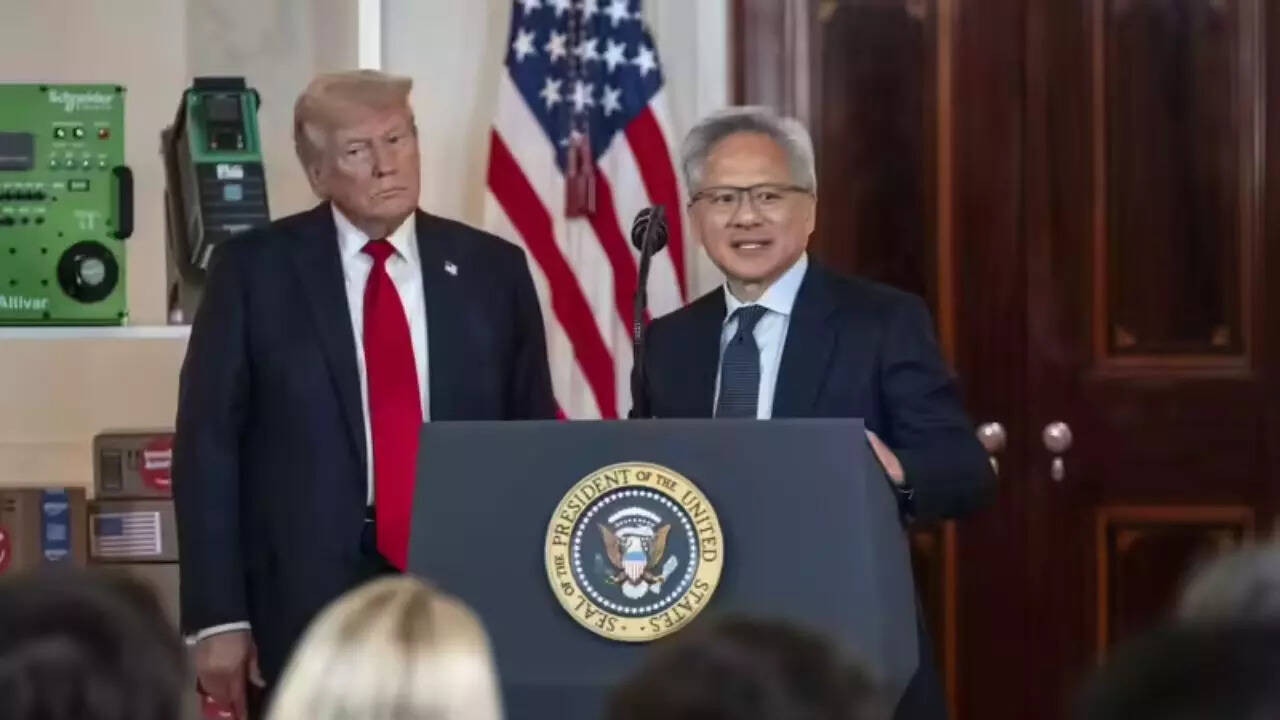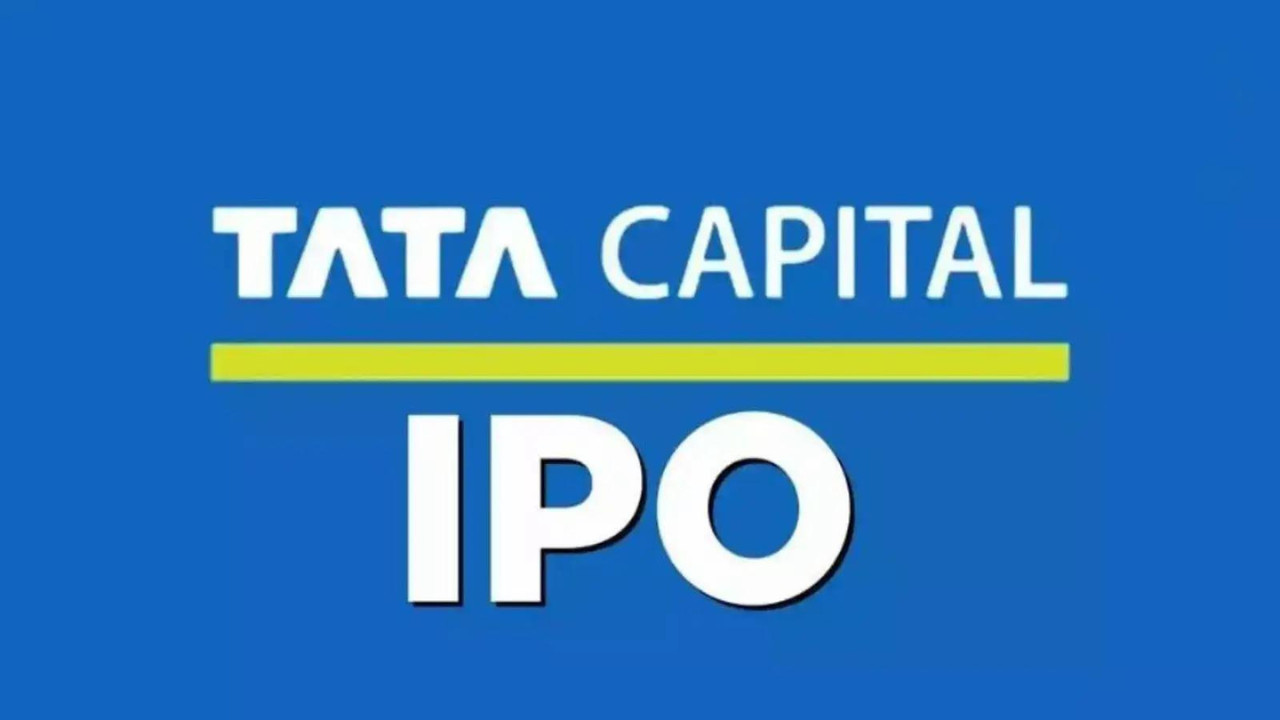The US Commerce Department has granted Nvidia licenses to export its H20 chips to China, reversing an earlier ban. This decision follows Nvidia’s design of the H20 to comply with US export rules. CEO Jensen Huang’s meeting with US President Donald Trump preceded the approval.
The Chip Race Thaws: Nvidia’s China Play Gets a Lifeline
Remember those nail-biting days when the US-China tech standoff seemed to tighten with each passing headline? Well, the tension might be easing ever so slightly, at least where Nvidia’s Chinese ambitions are concerned. After a period of restricted exports, the US government has seemingly given Nvidia the nod to resume shipping certain chips to China. What does this mean for the global semiconductor landscape, and why is it a bigger deal than just one company’s bottom line?
The story begins, of course, with the ever-increasing demand for powerful computing – the kind that fuels artificial intelligence, powers data centers, and drives cutting-edge research. Nvidia, a name synonymous with high-performance GPUs, has been a key player in meeting that demand globally. However, escalating geopolitical tensions had thrown a wrench into their operations, particularly regarding sales to the massive Chinese market.
The restrictions, initially aimed at preventing the use of advanced technology for military purposes, threatened to cost Nvidia billions. The company had to adapt quickly, developing modified versions of their chips that complied with the export regulations. It was a delicate balancing act, navigating national security concerns while trying to maintain a foothold in a crucial market.
<img src="image-url.jpg" alt="Close-up of an Nvidia chip, representing the company's resumed access to the Chinese market for exporting computer chips.”/>
This recent shift hints at a potentially more nuanced approach from the US government. While maintaining its stance on safeguarding sensitive technologies, the decision to allow some exports suggests a willingness to find a middle ground. Perhaps recognizing the interconnectedness of the global economy and the potential downsides of blanket bans, policymakers seem to be exploring ways to manage the flow of technology without completely isolating key players.
What’s Changed? The Road to Export Clearance
Several factors likely contributed to this shift. One pivotal moment might have been Nvidia CEO Jensen Huang’s meeting with former President Trump. These high-level conversations can often pave the way for policy adjustments, allowing for a better understanding of the business implications and potential consequences of overly restrictive measures. It also speaks to the vital role of diplomacy in trade relations.
Furthermore, the development of compliant chips by Nvidia has likely played a significant role. These modified chips, while perhaps not offering the same peak performance as their unrestricted counterparts, still meet the needs of many Chinese customers, especially those in civilian sectors. This demonstrates Nvidia’s ability to adapt and innovate within the constraints imposed by export controls.
The Impact on Nvidia and the Computer Chips Industry
The impact on Nvidia is undeniable. Re-establishing a consistent supply chain to China provides much-needed revenue and reduces the financial pressure caused by the previous restrictions. This improved market access will also enable the company to continue investing in research and development, ensuring it remains at the forefront of GPU technology.
For the broader industry, this decision could signal a subtle shift in the US approach to technology exports. While vigilance remains paramount, a more flexible and targeted approach could benefit other semiconductor companies navigating the complexities of the US-China relationship. It could also encourage more companies to invest in developing technologies that comply with export regulations, fostering innovation and potentially mitigating some of the negative impacts of trade restrictions.
Beyond Nvidia: The Broader Tech Landscape
Of course, this development doesn’t erase the larger geopolitical tensions that continue to shape the tech industry. The US and China remain strategic rivals, and competition in areas like AI, quantum computing, and 5G will likely intensify. However, this shift in Nvidia’s export status could be a sign that both sides are looking for ways to manage the rivalry and avoid a complete decoupling of their economies. The long-term impact will depend on how consistently these policies are applied.
Interested in more on the changing dynamics of technology regulations? Read about the impact of proposed new cybersecurity rules here.
A Path Forward?
Nvidia’s ability to resume some chip exports to China is a significant event, with implications that extend far beyond a single company. It highlights the complex interplay of technological innovation, economic interests, and geopolitical considerations that define the modern global landscape. While the future remains uncertain, this development suggests a willingness to explore a more nuanced approach to technology trade – one that balances national security concerns with the benefits of international collaboration and economic growth. The thawing of this small part of the chip race may not mean the entire game is over, but it does provide a glimmer of hope for a more balanced and prosperous future.







